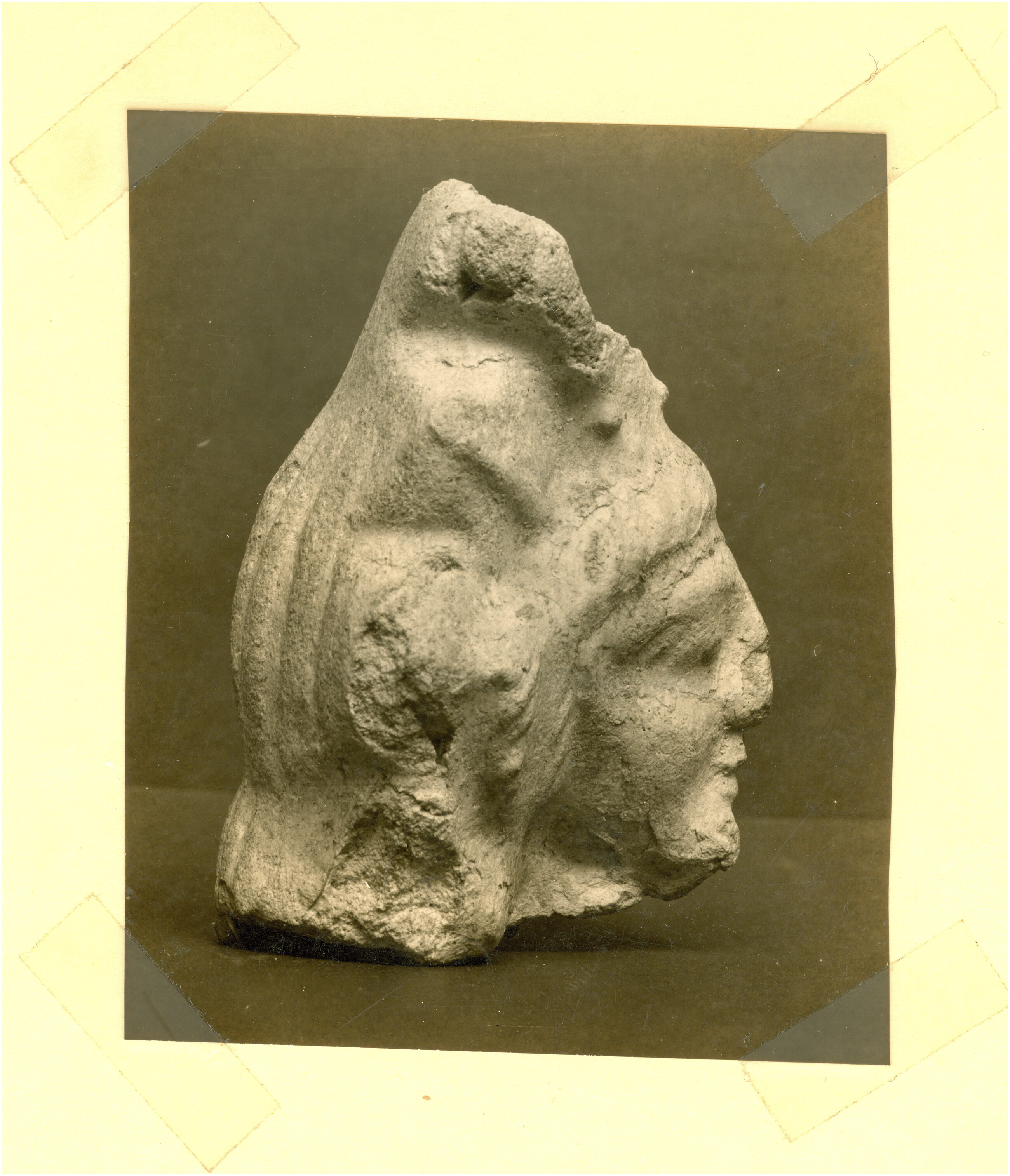Knowing Palmyra: Mandatory production of archaeological knowledge
New publication by J. A. Baird, Zena Kamash and Rubina Raja

Baird, J. A., Kamash, Z. & Raja, R. (2023). "Knowing Palmyra: Mandatory production of archaeological knowledge", Journal of Social Archaeology, OnlineFirst. DOI: https://doi.org/10.1177/14696053221144013.
Abstract
During the Syrian conflict, ongoing since 2011, Palmyra became notorious for the destruction and looting of its Roman-period remains, giving rise to many narratives of what Palmyra’s future should bring, often without attention to how we have come to know its past. This article explores that past through a key period—the French Mandate—when European archaeologists categorically reshaped the site, culminating in the relocation of the site’s population from mudbrick houses in and around the Temple of Bel to a new, military-built town north of the original. We examine the site immediately prior to that transformation through contemporary archaeological diaries from 1924 to 1928, written by Danish archaeologist Harald Ingholt. Through his diaries, it is possible to reconstruct the complexity of knowledge production at the site, which disrupts the authorized discourses of archaeological discovery with important consequences for how we understand the contribution of local inhabitants to scientific knowledge.
